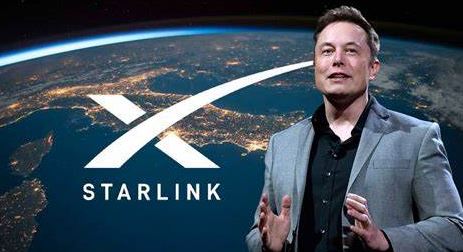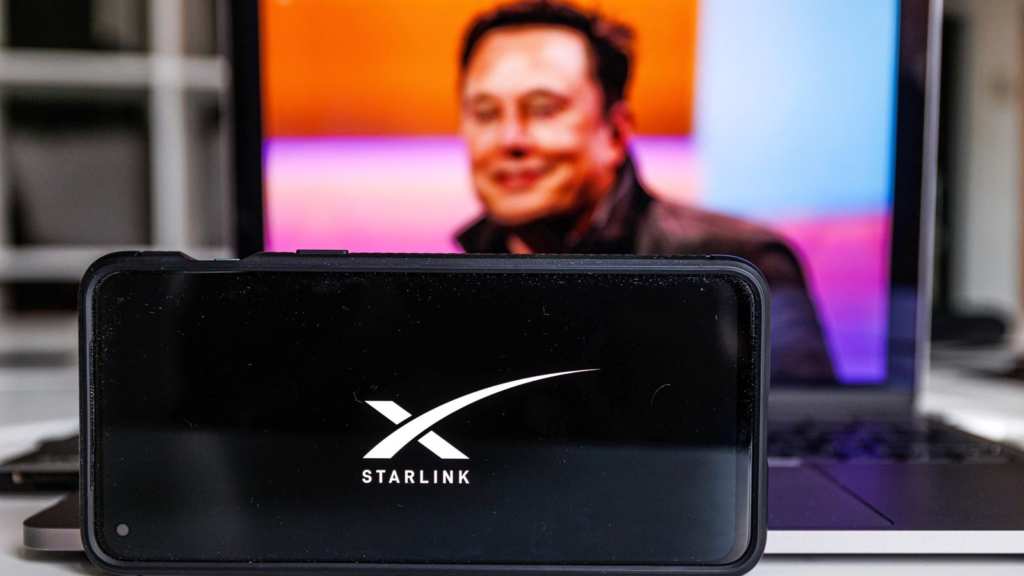
The internet has become an essential tool for connectivity, innovation, and economic growth. In regions like Kenya, where digital penetration continues to rise, satellite internet providers like Starlink are playing a crucial role in bridging the digital divide. However, with new regulations proposed by the Communications Authority of Kenya (CA), satellite service providers now face increased licensing fees, raising concerns about financial sustainability, market competition, and consumer affordability.
Overview of the New Licensing Rules
Kenya’s Communications Authority recently announced updates to its licensing structure for satellite communication providers. These changes are part of a broader effort to regulate emerging technologies and ensure revenue generation for the government.
Key elements of the new rules include:
- License Fees:
- A one-time licensing fee of KSh 15 million.
- An annual operating fee equivalent to 0.4% of gross annual turnover or a minimum of KSh 4 million, whichever is higher.
- Satellite Landing Rights (SLR):
- Providers must adhere to these rights, which allow foreign satellite operators to use Kenya’s spectrum resources.
These fees are among the highest in the region and may set a precedent for other African markets.
Financial Implications for Starlink
Increased Operational Costs
Starlink, which is part of Elon Musk’s SpaceX, aims to provide affordable, high-speed internet to underserved regions globally. The new licensing fees significantly raise the operational costs for Starlink, potentially affecting its ability to sustain competitive pricing.
For example:
- Starlink’s subscription cost in Kenya is currently set at KSh 6,500 per month, in addition to a one-time hardware fee of approximately KSh 92,000. Increased licensing costs might necessitate price adjustments, making the service less accessible to average Kenyan households.
Impact on Revenue Margins
With a fee structure tied to gross turnover, Starlink’s revenue margins are likely to shrink. The 0.4% annual fee introduces a variable expense that scales with company growth, discouraging aggressive market expansion.
Challenges in Scaling Services
Starlink’s business model relies heavily on achieving economies of scale. By increasing entry barriers, the CA’s new regulations may delay Starlink’s expansion into rural areas, contradicting its mission to connect underserved communities.
Traditional ISPs vs. Satellite Providers
Kenya’s internet market is dominated by traditional internet service providers (ISPs) like Safaricom, Zuku, and Faiba. These providers have raised concerns over what they perceive as unfair advantages for satellite operators.
Traditional ISPs’ Perspective
Local ISPs argue that satellite providers:
- Do not contribute significantly to local infrastructure development.
- Operate without the same regulatory constraints, such as maintaining physical networks.
With the new licensing fees, regulators aim to create a level playing field, ensuring that satellite providers contribute proportionally to the market’s growth.
Satellite Providers’ Advantage
Satellite internet is particularly advantageous in remote regions where terrestrial infrastructure is either unavailable or expensive to deploy. Starlink’s low-latency, high-speed offering has made it a preferred choice in areas where traditional ISPs struggle to reach.

Consumer Implications: Pricing and Accessibility
Increased Subscription Costs
Higher operational costs often translate into higher consumer prices. If Starlink raises its subscription rates, it risks alienating a significant portion of its target audience in Kenya, where disposable income levels vary widely.
Limited Coverage Expansion
Starlink’s ambitious plan to cover underserved regions in Kenya might slow down. Regulatory hurdles, combined with financial constraints, could lead to reduced investments in rural connectivity projects.
Potential Quality Trade-offs
To maintain competitive pricing, providers might compromise on service quality, such as speed, reliability, or customer support. This would undermine the value proposition of satellite internet in Kenya.
Global Context: How Do Kenya’s Fees Compare?
Regulatory Benchmarks
Globally, satellite internet providers face varying regulatory landscapes:
- United States: The Federal Communications Commission (FCC) imposes spectrum usage fees but offers subsidies for rural broadband initiatives.
- India: Similar to Kenya, India is exploring stricter licensing frameworks for foreign satellite operators.
- Europe: Licensing fees are generally lower, but providers must comply with strict data protection and privacy regulations.
Learning from Other Markets
Kenya can draw lessons from markets like the U.S., where regulatory policies balance revenue generation with incentives for expanding digital access.
Strategies for Starlink to Navigate New Rules
Engage with Regulators
Starlink could advocate for a more flexible fee structure, emphasizing its role in promoting digital inclusion. Engaging with policymakers to highlight the socio-economic benefits of satellite internet might yield concessions.
Forge Local Partnerships
Collaborating with Kenyan ISPs or telecom companies like Safaricom can help reduce operational costs and improve service delivery. Partnerships could involve sharing infrastructure or co-developing rural connectivity projects.
Optimize Costs
To offset increased fees, Starlink can focus on:
- Reducing manufacturing costs for user terminals.
- Streamlining logistics and distribution channels.
Broader Economic Implications
Government Revenue
The higher licensing fees are expected to boost government revenue, providing funds for infrastructure projects and public services. However, over-regulation could discourage foreign investment, limiting long-term economic benefits.
Digital Transformation
Kenya’s ambition to become a regional technology hub relies on widespread internet access. Regulatory policies that stifle innovation or restrict market entry might slow down the country’s digital transformation agenda.
Bridging the Digital Divide
Affordable and accessible internet is crucial for socio-economic development. Striking a balance between regulation and incentivizing investment is essential to bridge the digital divide in Kenya.
FAQs
What is Starlink’s current licensing fee in Kenya?
Starlink must pay a one-time fee of KSh 15 million and an annual operating fee of 0.4% of gross turnover or KSh 4 million, whichever is higher.
How will the new fees affect internet prices?
Increased operational costs might lead to higher subscription fees for consumers, making satellite internet less affordable.
Why is the Communications Authority imposing these fees?
The CA aims to regulate the growing satellite internet sector and ensure providers contribute to the country’s economy.
Are other countries imposing similar fees?
Yes, countries like India and the U.S. are exploring or implementing licensing frameworks for satellite providers.
What can Starlink do to address these challenges?
Starlink can negotiate with regulators, form local partnerships, and optimize costs to mitigate the impact of higher fees.
The new licensing fees introduced by Kenya’s Communications Authority mark a turning point for satellite internet providers like Starlink. While these regulations aim to foster a fair and competitive market, they also introduce financial and operational challenges that could impact consumer affordability and service availability.
For Starlink, navigating this regulatory landscape will require strategic planning, local collaboration, and continued advocacy for policies that promote digital inclusion. As Kenya seeks to balance revenue generation with technological innovation, the outcome of these regulatory changes will have far-reaching implications for the country’s internet ecosystem.





